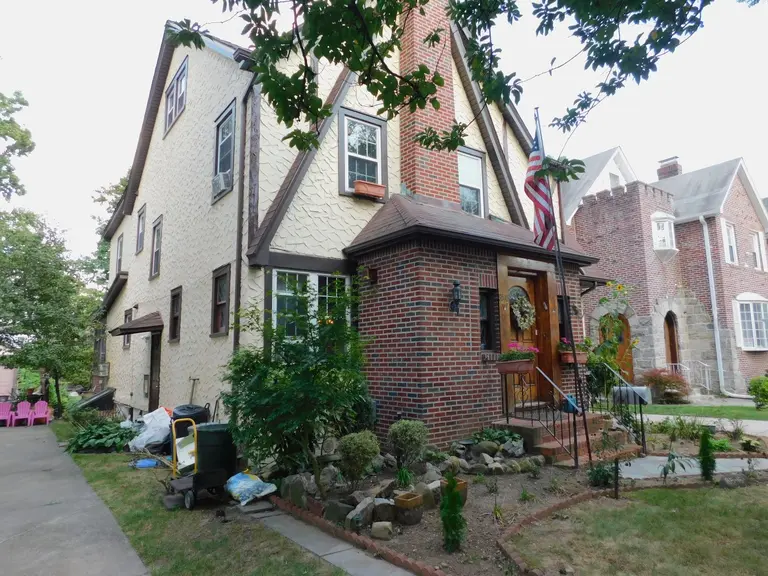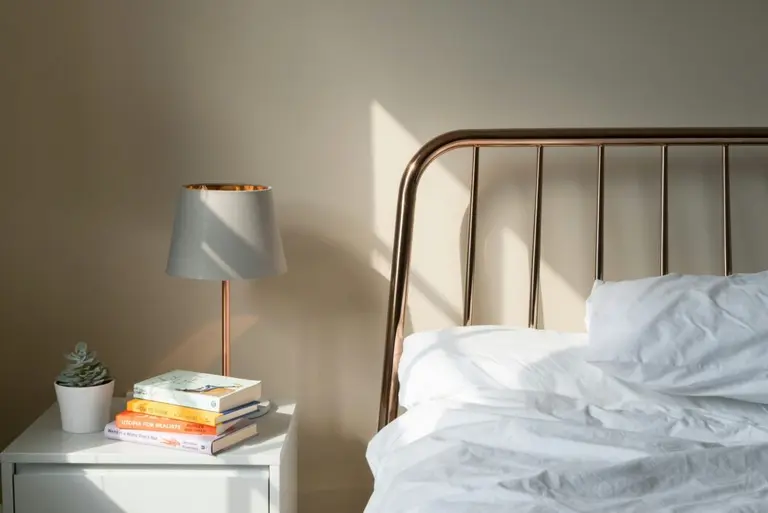Fast interiors gain momentum: A guide to furniture rentals
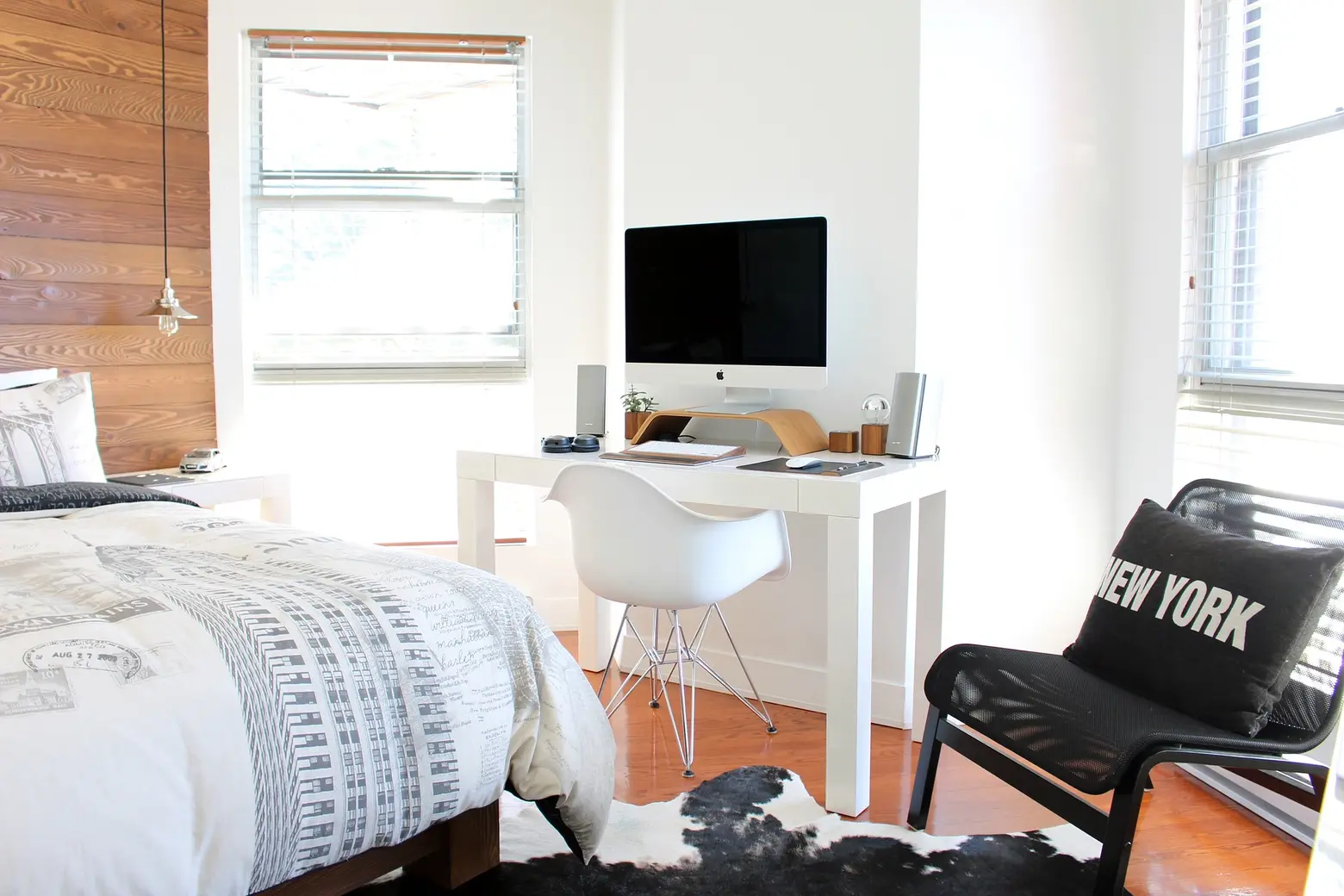
Photo via Pixabay
Currently sleeping on a mattress with no box spring? Worse yet, a blow-up mattress? Is your night table a repurposed milk crate and are your bookshelves fashioned out of salvaged bricks and found lumber? Although all these features can be surprisingly charming when paired with the right accessories, there comes a time in one’s life when one wants or needs a bit more. But even if you opt to go full-on Ikea, the cost of furnishing a small one-bedroom from the ground up will likely cost well over $3,000 and that is only if you opt for a discount Bråthult over Vallentuna sofa.
For anyone faced with the challenge of furnishing an entire apartment—either for the first time or because you’re only in NYC for a limited amount of time—there is now a solution: “fast interiors.” Rather than buy, you can now rent your furniture for three months or for several years. While the rise of furniture rentals may sound unusual, in fact, it is an obvious extension of the sharing economy that has been growing, especially in highly populated urban areas, for the past decade. An underlying tenant of the sharing economy is that renting often makes more sense the owning. But does it? Ahead, we explore how and where to rent furniture and the relative short- and long-term benefits of renting over buying.
The companies
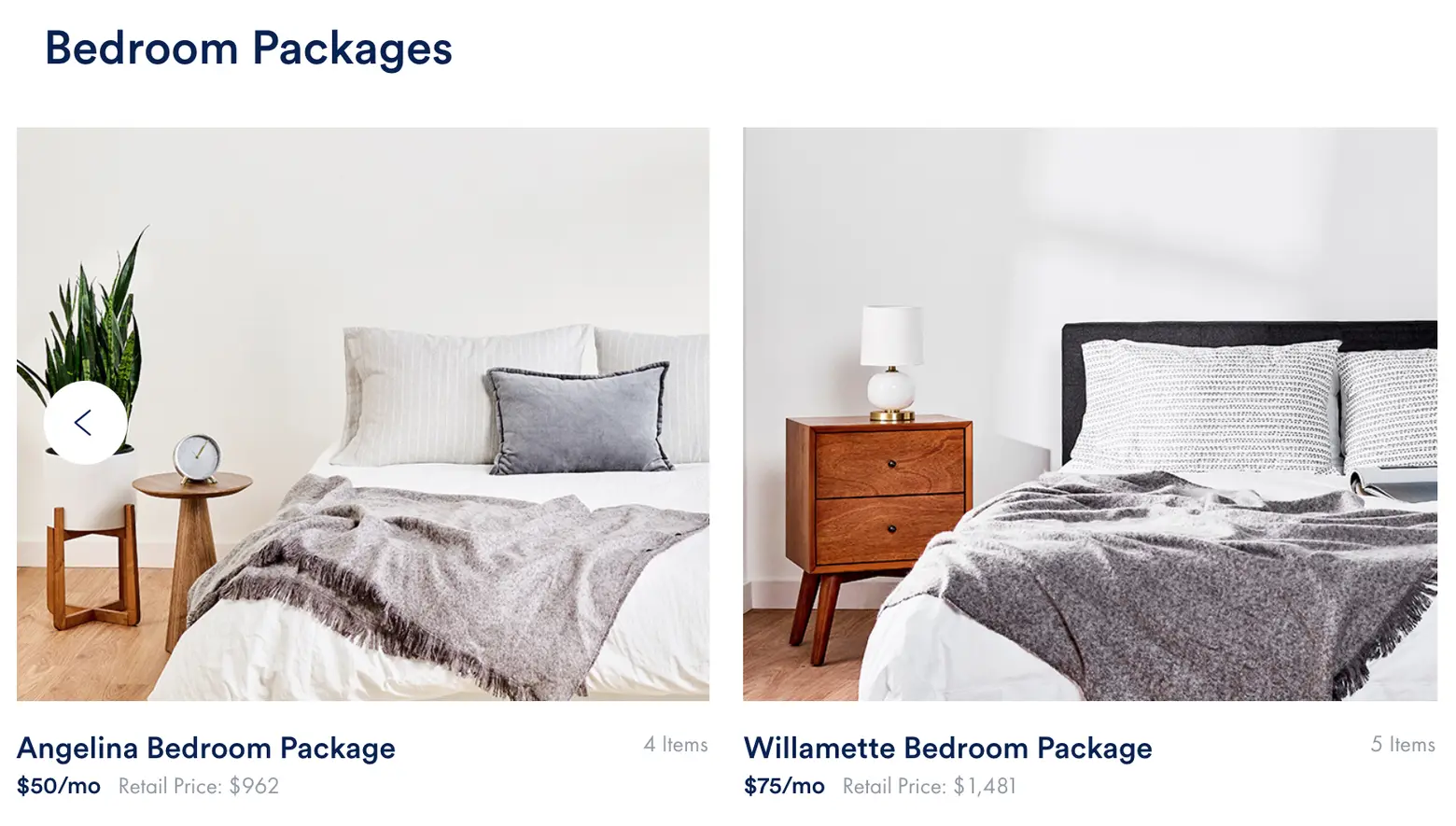 Screenshot from Feather
Screenshot from Feather
Feather’s logo says it all: “furniture for millennials on the move.” In short, Feather is made for millennials whose remote gig economy lifestyles increasingly enable them to work and live just about anywhere. With slick mid-century-modern-inspired designs and a reasonable price tag, Feather has certainly done its market research. Some of their available brands include West Elm, Casper, Pottery Barn, Tuft & Needle, and Joybird.
So, how much does it cost? If you want to puncture a hole in your air mattress and replace your milk crate night stand with something a bit more adult, basic bedroom packages start at $99. A basic living room, which includes a small sofa, coffee table, lamp and side table starts at $59. If you’re hoping to furnish an entire one-bedroom apartment, packages start at $199 per month and include everything you’ll need to fully furnish your bedroom, living room and dining area with Feather’s minimalist aesthetic (notably, if you want the same package but only for three months, you’ll pay $496 per month). Feather is also fast. In most cases, they promise to deliver within two to three days, which can be faster than scheduling an Ikea delivery, especially if you’ve purchased a larger item such as a sofa.
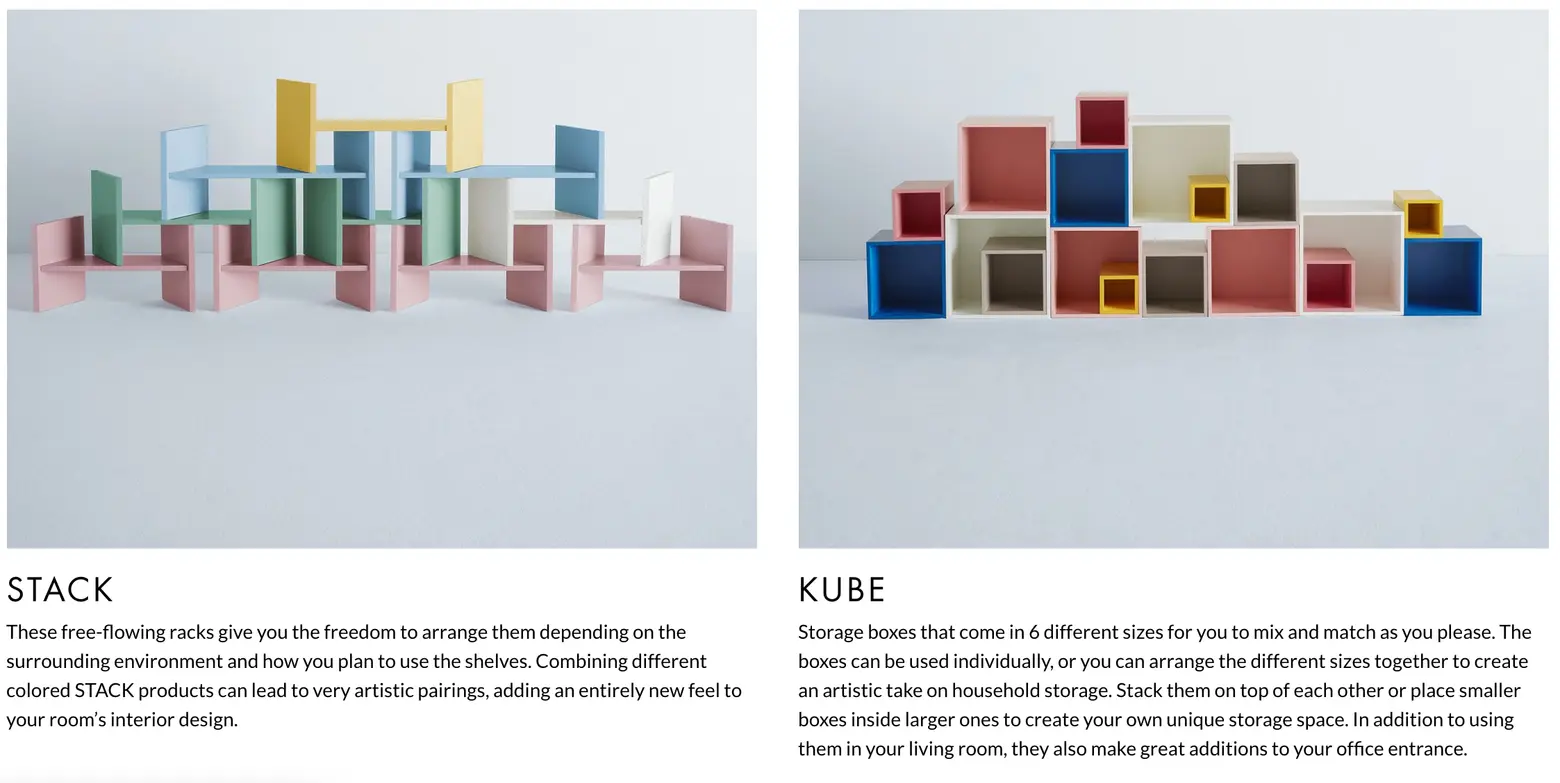 Screenshot from Kamarq
Screenshot from Kamarq
If you have a bed and you’re just hoping to replace those milk crates and DIY brick-and-plank bookshelves, you might want to try Kamarq. The Japanese company, which launched in New York City this month, is currently offering two types of products: “kubes” and “racks.” Kubes are what you might expect—boxes of various colors. Racks are stackable stands that can be fashioned into shelves. Racks start at $5 monthly while a stack of cubes starts at $9 monthly. So, if you can’t bear to look at another Ikea Kallax product, Kamarq, which puts a fun and colorful twist on basic storage, may be for you. However, don’t plan on moving across state lines—for now, Kamarq can only be acquired or used in New York State.
While Kamarq is already acquiring fans, it has also run into trouble. Shortly after its debut its debut at New York Design Week, the company’s pillar collection, which is no longer listed on its website, was slammed for imitating Ana Kras’s pricey designer Slon collection.
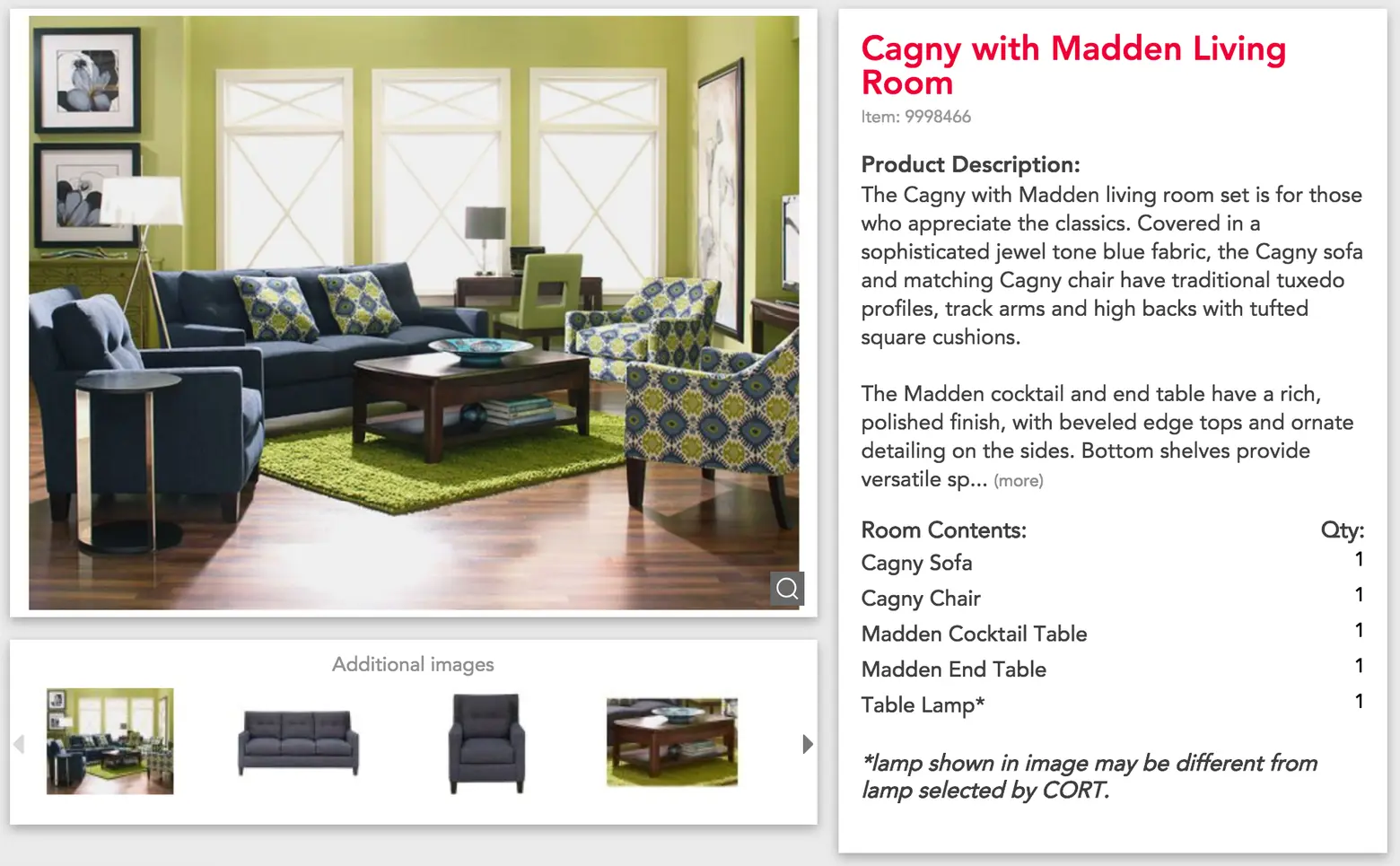 Screenshot from CORT
Screenshot from CORT
Along with startups like Feather and Kamarq, there are also existing companies like CORT that have been specializing in furniture rentals since 1973. A major advantage of CORT is price. Their student special includes furnishings for three rooms starting at $99 per month with a 12-month lease. Of course, CORT may not be for everyone—the aesthetic is more suburban mom and dad than mid-century modern. If you don’t mind the look, or perhaps miss your parents’ suburban home, however, CORT is certainly worth exploring. CORT also offers a simple online interface and can furnish an entire home with as little as 48-hours-notice.
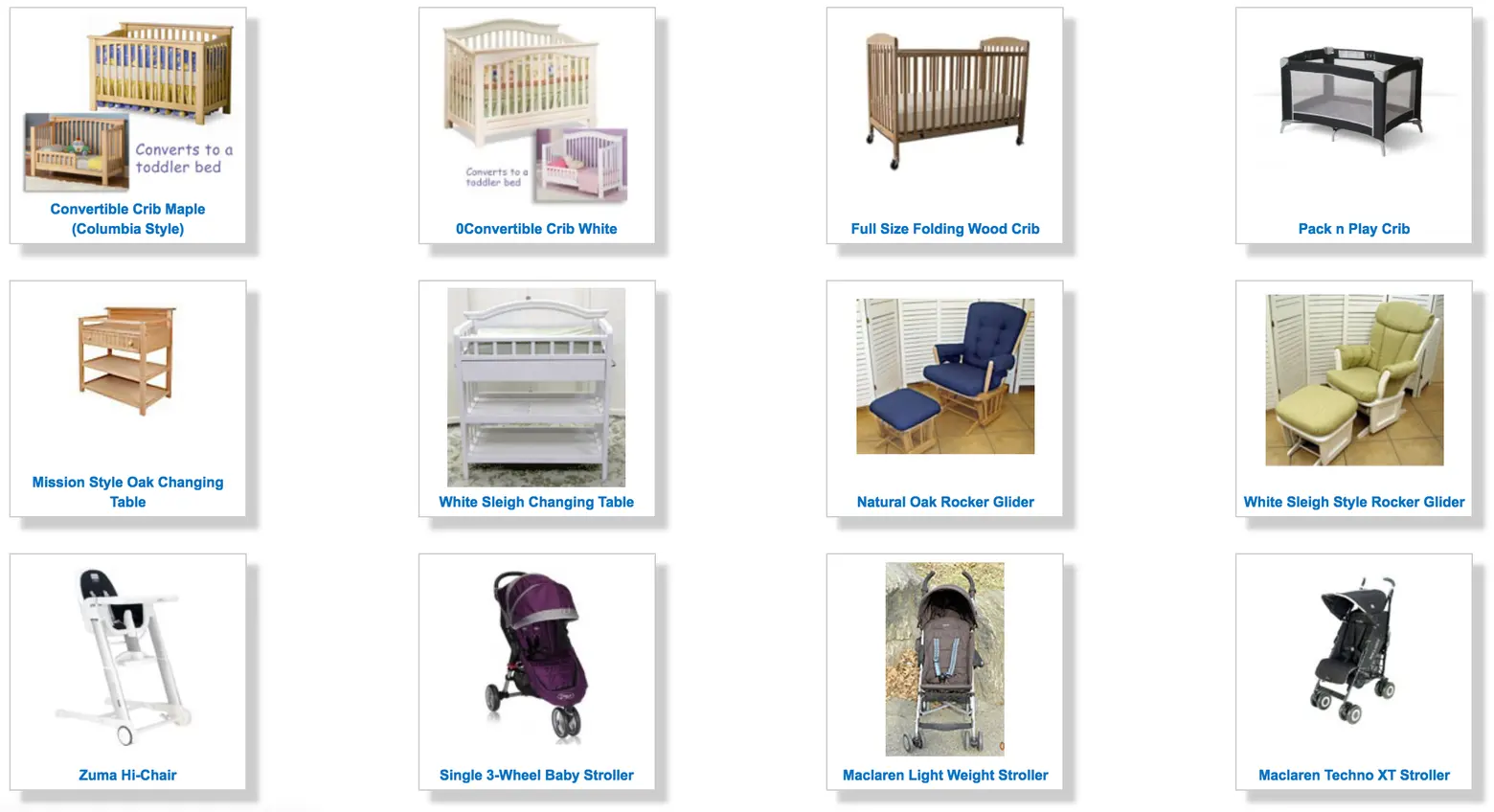 Screenshot from Granny’s Rental
Screenshot from Granny’s Rental
Looking for something even more old-school that CORT? Perhaps, you need to set up a baby-friendly room for your sister and new baby who are only visiting for a week or two, or temporarily turn your home office into a guest room for your mother? If this is your situation, try Granny’s Rental located on the Upper East Side but serving residences in New York City, the Hamptons, Jersey Shore, and Connecticut. To get started, you’ll need to visit Granny’s retro website, but there is no online interface. In fact, you’ll need to email or call Granny’s to learn more about pricing and to arrange a delivery. While Granny’s may not exactly be in the “fast interiors” business (if you email, it will take a day or so to hear back), they do offer some items, including cribs, that one cannot rent on other sites such as Feather.
When renting furniture makes sense
 © Daxiao Productions – Fotolio
© Daxiao Productions – Fotolio
If you’re visiting New York City for six months to one year, renting furniture is likely a more convenient and less expensive option than buying and may even be preferable to renting a furnished apartment or room. If you plan to be in the city for just a few months, however, paying nearly $500 per month for furniture alone is probably not a good use of resources. Indeed, for shorter stays, renting a furnished space is probably still a better bet. Likewise, if you’re planning to settle down, renting furniture is unlikely to yield a strong return on investment over time. For example, over two years, a basic one-bedroom package at Feather would cost close to $4,800, but you may be able to furnish a one-bedroom with similar items for approximately the same price. Of course, if you own rather than rent, you can always move the furniture to your next location, even if it in another state or country, or sell it to recuperate some of your initial cost. The bottom line is that for moderately short-term stays (six- to 12-month leases) the return on investment combined with the convenience makes renting furniture preferable to owning. Under other circumstances, renting appears to offer few short- or long-term benefits.



